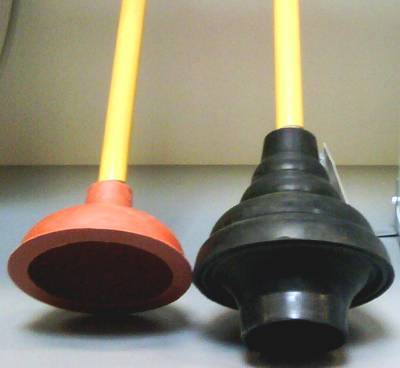A wise aunt once said, "Clean baseboards, clean house." Attention to detail makes a huge difference. There are some small cleaning details that you may miss until it’s time to move out, but after a year of neglect is very difficult to clean well. Might as well make these things regular cleaning to-dos…
Dusting
Dust is sneaky. It clings to baseboards, blinds, shelves, and anything else even vaguely horizontal. Luckily dust can be vanquished with a duster, dust cloth, or plain old paper towels. Using a little all-purpose cleaner on a cloth or paper towel helps grab dust off most surfaces.
Trash
Trash should be taken out every few days. Food and residue that is left in a trash can or bag attracts BUGS. Do not let something as simple as taking NOT out the trash cause an infestation. On a sensory level, nothing says, ‘please don’t come in’ like smelly garbage. The worst part is that your senses can adjust to the stink quickly, so sometimes you may not realize the true off-putting nature of your trash. It’s best to just make the take-out-the-trash-every-3-days-rule happen.
Cobwebs
Cobwebs and spiderwebs are eye sores and should remind you to clean anytime they appear. Smite the stringy dust motes with a duster, broom, and/or rag.
This is no good.







